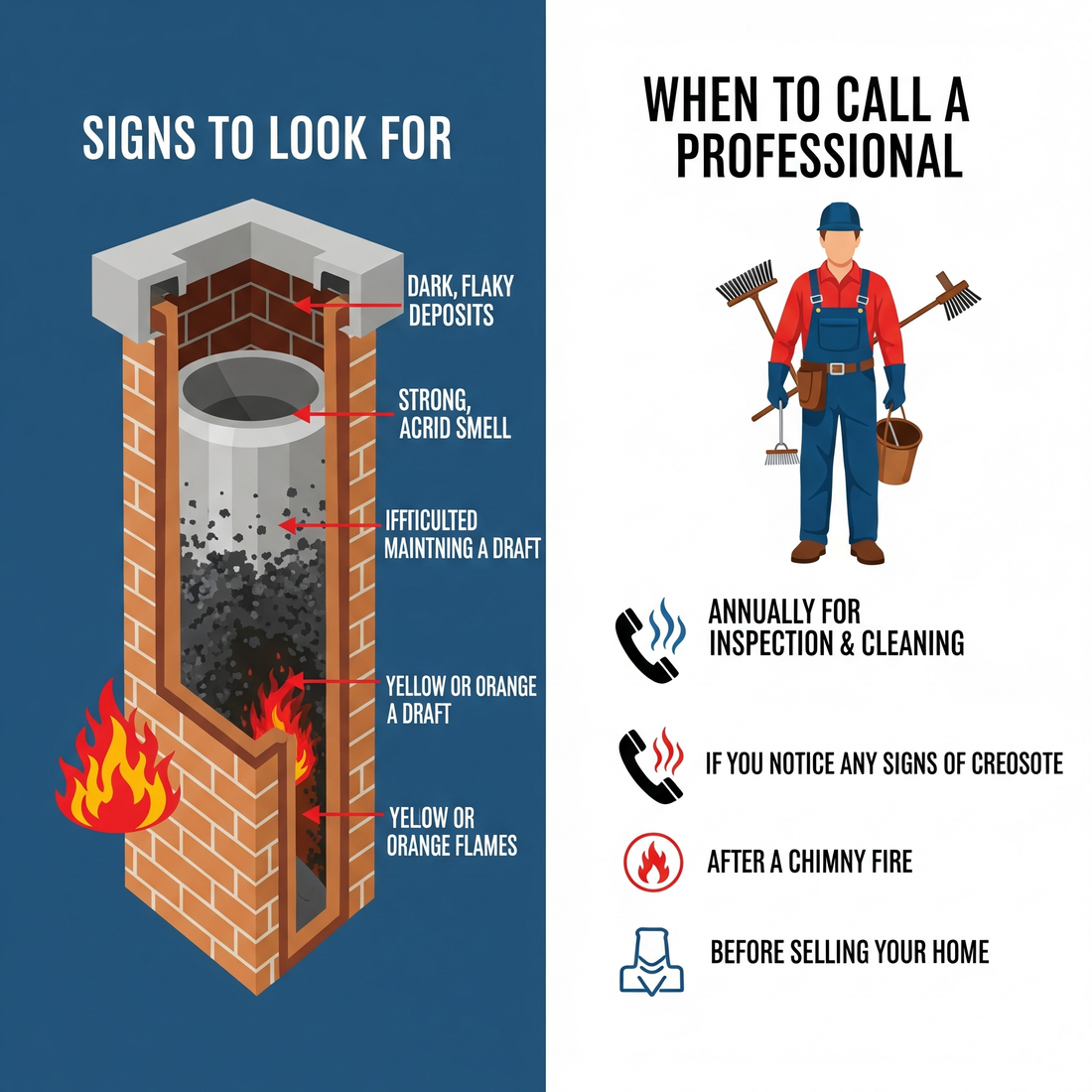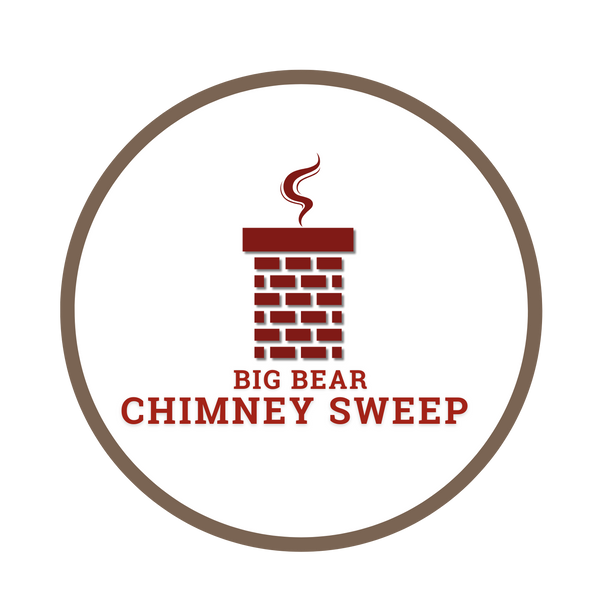
How to Spot Creosote Buildup (and When It’s Time to Call a Chimney Sweep)
Share
If you use your fireplace regularly, one of the biggest safety risks you need to watch out for is creosote buildup. Creosote is a dark, tar-like substance that forms inside your chimney when wood doesn’t burn completely. Over time, it can harden, restrict airflow, and even cause dangerous chimney fires. Here’s how to recognize the warning signs.
Signs of Creosote Buildup
- Black, flaky soot around the fireplace or chimney walls.
- Shiny, tar-like coating on the inside of the flue.
- Strong, smoky odor even when the fireplace isn’t in use.
- Reduced airflow or smoke backing up into the room.
-
Difficulty starting or maintaining a fire because of restricted draft.
Why Creosote is Dangerous
Creosote is highly flammable. If enough of it accumulates, it can ignite inside your chimney, leading to fast-spreading fires that threaten your entire home.
When to Call a Chimney Sweep
- If you spot any shiny or glazed creosote, it’s beyond DIY cleaning and needs professional removal.
-
If it’s been over a year since your last inspection, it’s time to schedule one.
-
If you burn wood often—especially softwoods that produce more creosote—call a sweep every 6 months.
The Bottom Line
Regular inspections and cleanings are the best way to prevent chimney fires and keep your fireplace running efficiently. If you notice signs of creosote buildup, don’t wait—call a certified chimney sweep to handle it safely.
